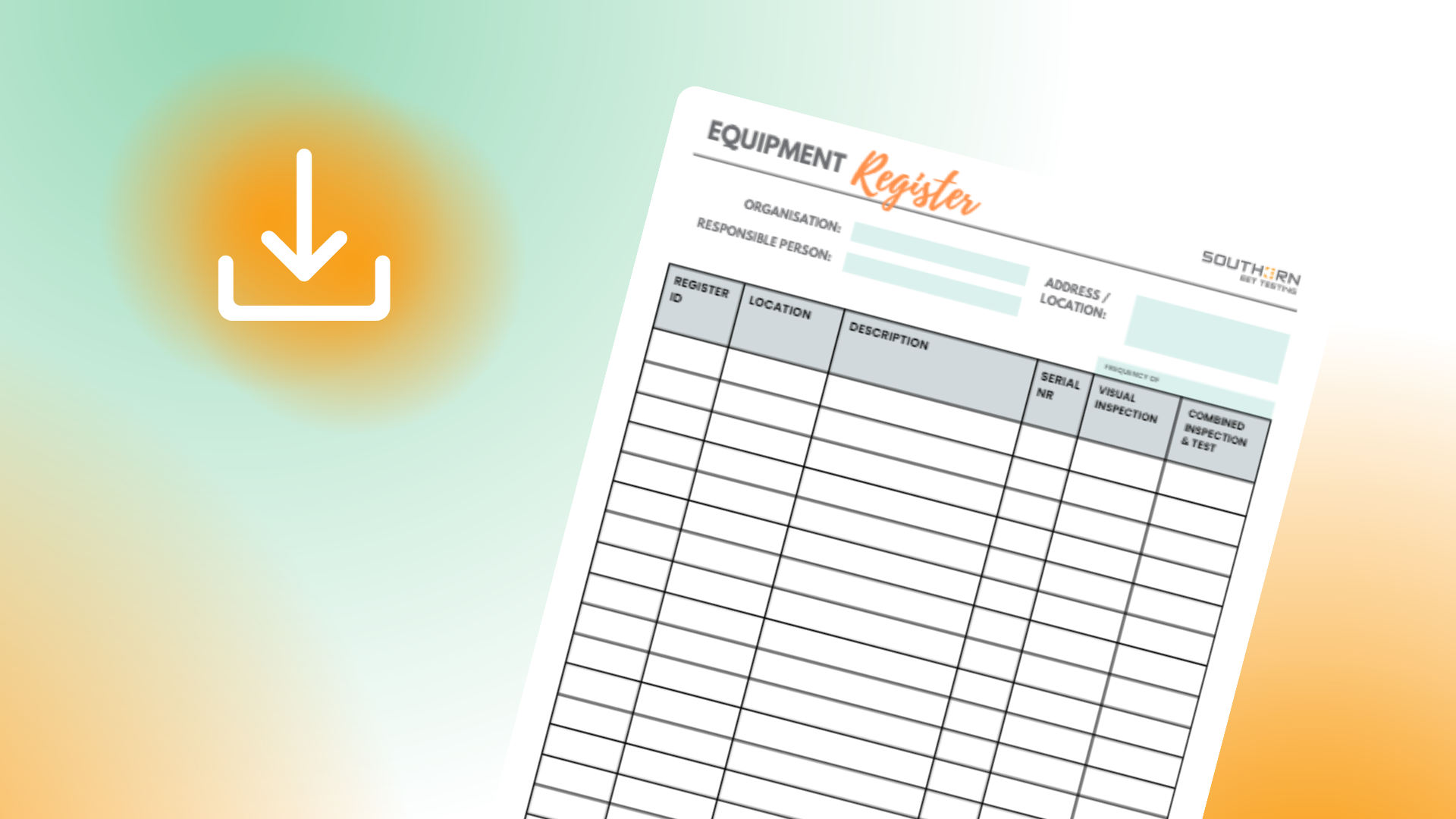The Importance of PAT Testing (EET Testing) on Construction Sites
An ever-changing environment
Portable Appliance Testing (PAT - now known as EET Testing) is an essential aspect of workplace safety, often overlooked in the busy, dynamic environments of construction sites. The purpose of PAT testing is to ensure that all electrical appliances and equipment are safe to use. Given that construction sites regularly set up anew and move their equipment, PAT testing becomes even more critical in these contexts.
Change of Location: Unlike fixed workplaces, construction sites often move, with equipment being frequently shifted from one place to another. Each time a piece of equipment is moved, it is susceptible to potential damage. Regular PAT testing, particularly after each move, can help identify any faults that may have occurred during transit.
Harsh Working Conditions: Construction sites are harsh environments for electrical equipment. The combination of dust, debris, moisture, and regular wear and tear can contribute to accelerated deterioration. PAT testing helps ensure that these factors haven't compromised the safety of the equipment.
High-Risk Environment: Construction sites inherently carry more risk than typical workspaces due to the nature of the work. With workers often operating heavy machinery and dealing with high voltage, any electrical fault can lead to severe accidents or even fatalities.
Investing time and resources in regular PAT testing on construction sites is not just a matter of compliance; it's a proactive step towards creating a safer working environment. By identifying potential faults before they cause harm, PAT testing significantly reduces the risk of electrical accidents on site and contributes to overall workplace safety. While PAT testing requires an investment of time and resources, the cost of neglecting it could be significantly higher, both in terms of human safety and regulatory penalties.
We recommend 3-montly inspections and more regular visual inspections. Find out more about
Construction Testing.











